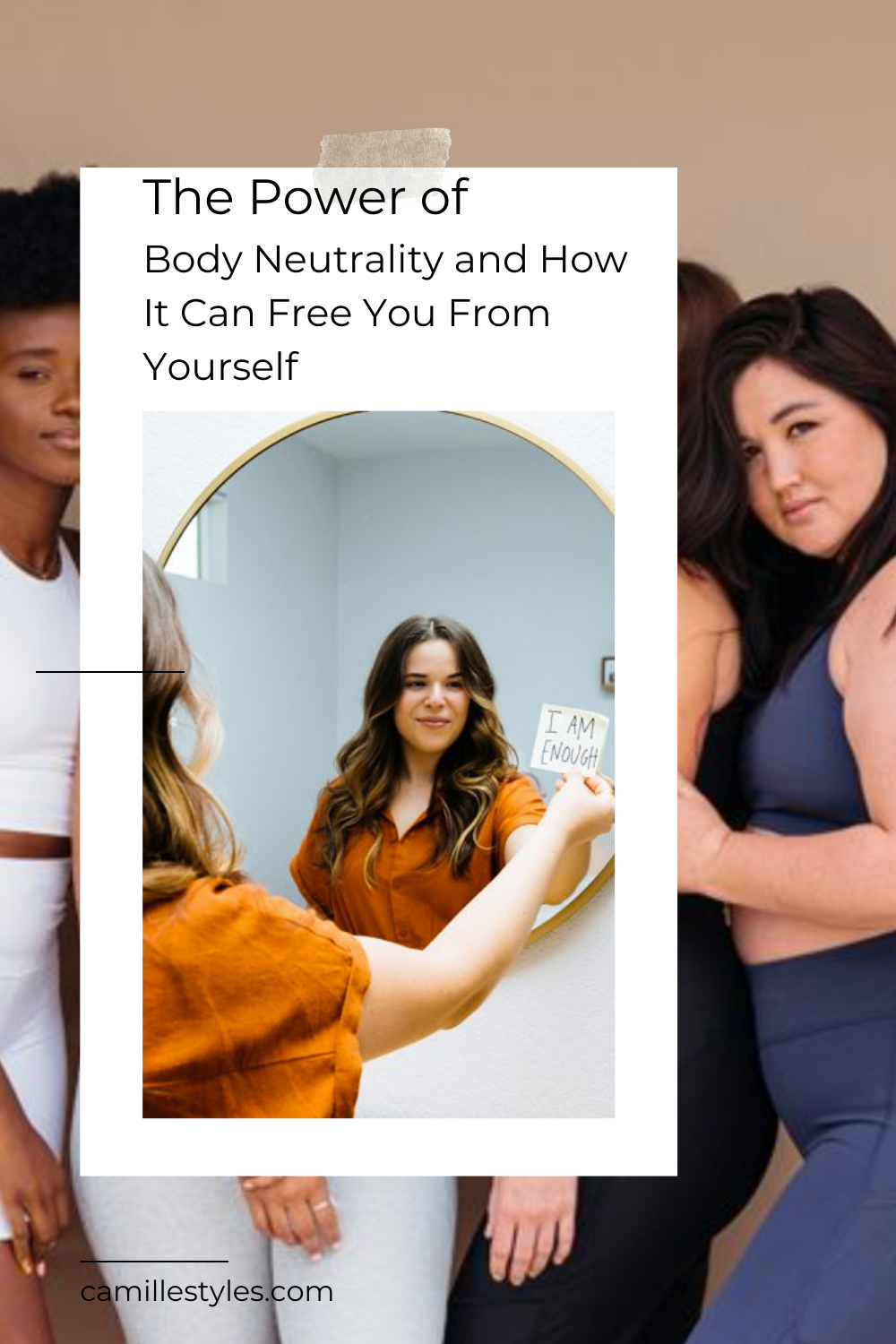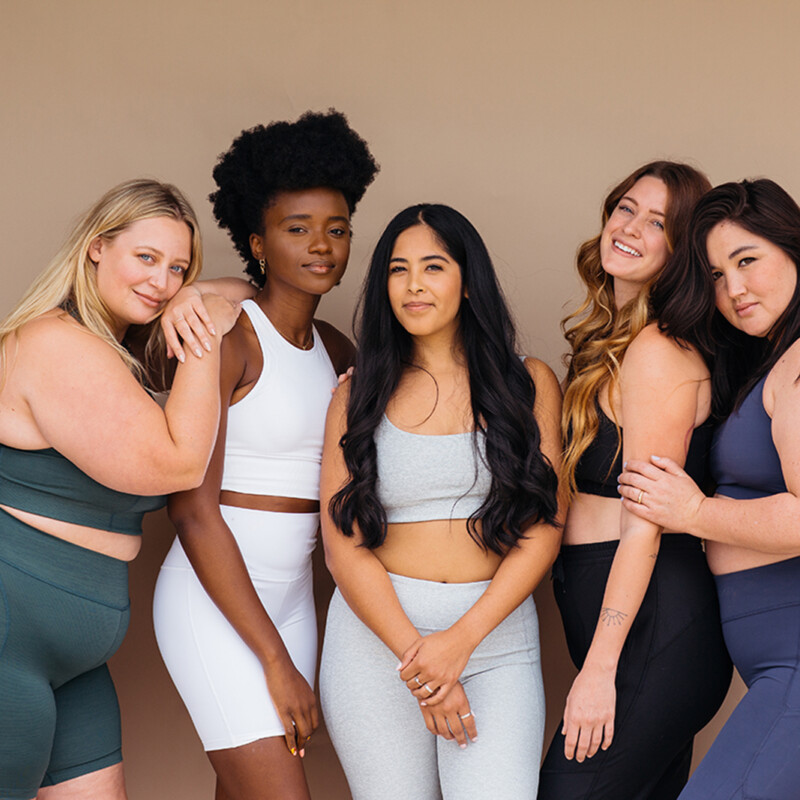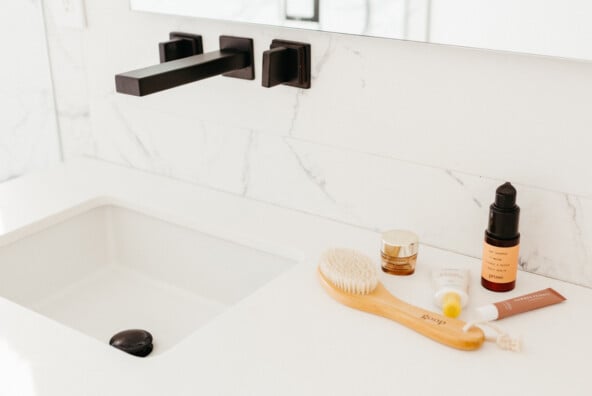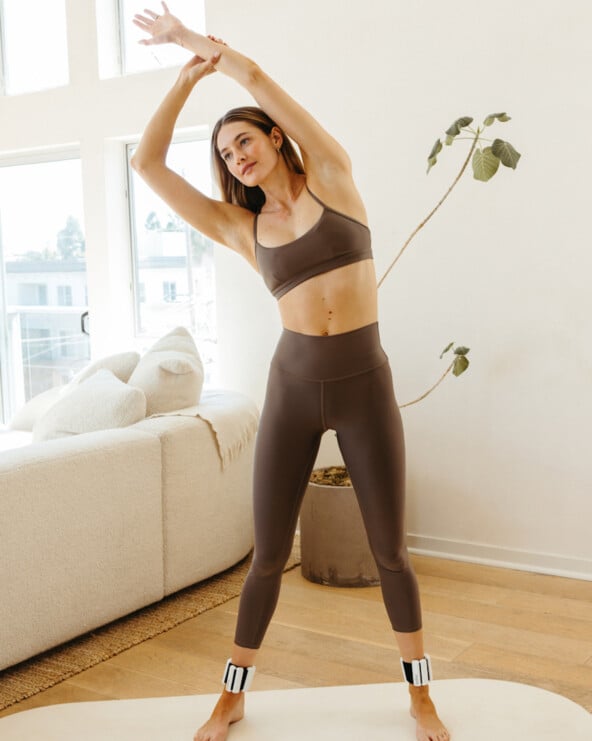Personally, I’ve grappled with the body positivity movement. Though I appreciate the effort to center marginalized bodies while highlighting that all bodies deserve love and respect, I still feel like we’re focusing too much on how we look. On the other hand, the rise of body neutrality deeply resonates. As someone who has grappled with body image, I love the idea of focusing on functionality and connectedness.
Like many, body image has been a big part of my journey. I played high-level tennis for 15 years which resulted in a physique that incited profuse compliments from peers and competitors. When I got to UVA, injuries and life hurdles ensued, ultimately affecting my overall health, including my weight. I was no longer training six-hour days and my teenage years were quickly passing me by. However, the high-performing, radically fit body I once had was clear in my mind. My new body–albeit beautiful–wasn’t good enough.
I have had to learn that my body will change, year to year, day to day. Moreover, I am not defined by its abilities, health nor appearance. To go so far as to say, “I love my body!” feels exaggerated. I prefer to lead with deep appreciation and respect. I strive to practice non-judgment: can’t my body just be? Rather than focusing on what my body can’t do or how my body doesn’t look anymore; I’m choosing to be grateful for the function my body does possess.
I sat in conversation with Claire Siegel, the founder of Flourish and the hostess of the Nutritional Freedom podcast to discuss this blooming social movement. To learn more about the power of neutrality, join us below.
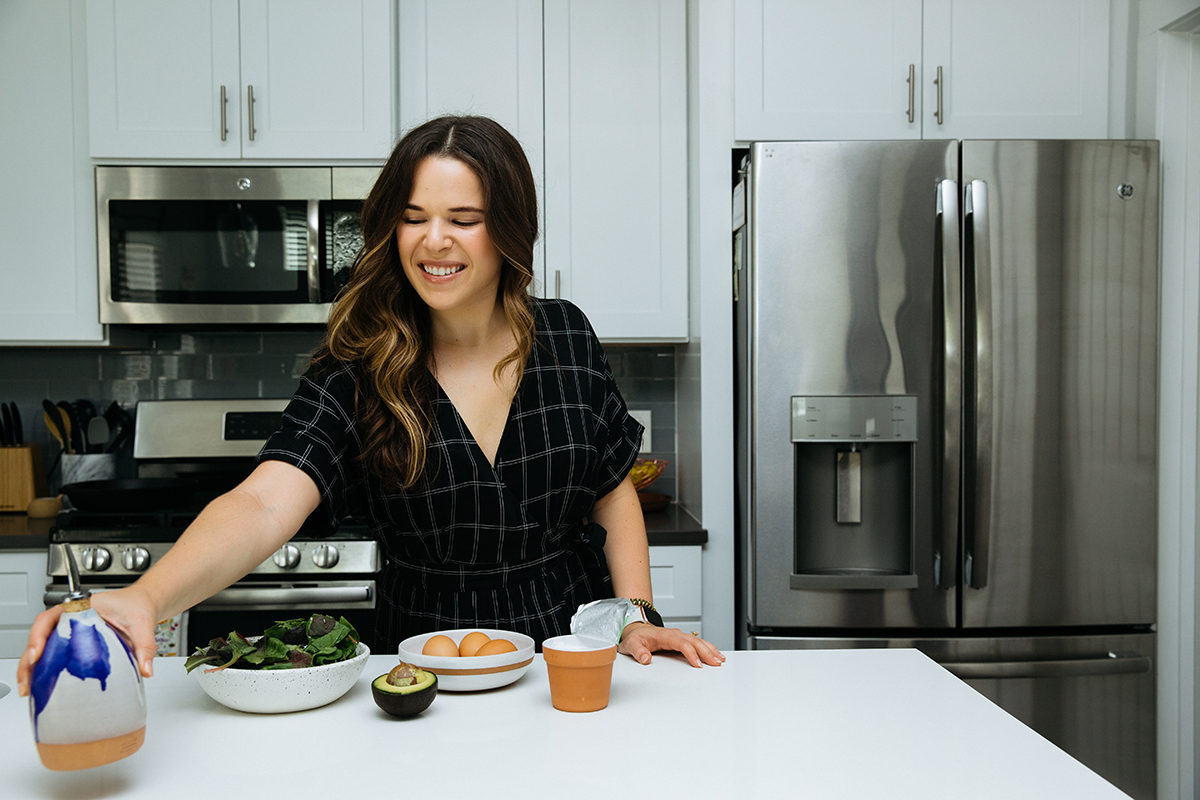
What is the difference between body positivity and body neutrality?
Contrary to what we see on Instagram, body positivity is a form of activism, rooted in the fat acceptance movement of the 1960s and the creation of the National Association to Advance Fat Acceptance. This movement spoke out against fatphobia and promoted body love, regardless of body size.
Through time, and with the advent of social media, body positivity has evolved and, many would argue, been watered down. Today, most think of body positivity as a call to love your body just as it is. And while this isn’t inherently bad and can certainly help people of all sizes struggling with body image, those in marginalized bodies continue to be marginalized in this version of body positivity. Women in smaller bodies are often praised for “bravely” posting images displaying their cellulite or stomach rolls when they sit. But a quick scroll through the comments section of a fat-positive influencer will reveal countless fatphobic remarks.
While many modern interpretations of body positivity conflate it with positive body image, body neutrality focuses on celebrating and appreciating one’s body for what it can do, apart from its appearance.
I like to use a beach analogy. Many like to think of body positivity as showing up to the beach in your bikini, snapping selfies, and feeling beautiful in all of your “imperfect” glory. Body neutrality is going to the beach in whatever you feel good in, and appreciating the feeling of sand between your toes and salt air on your skin.
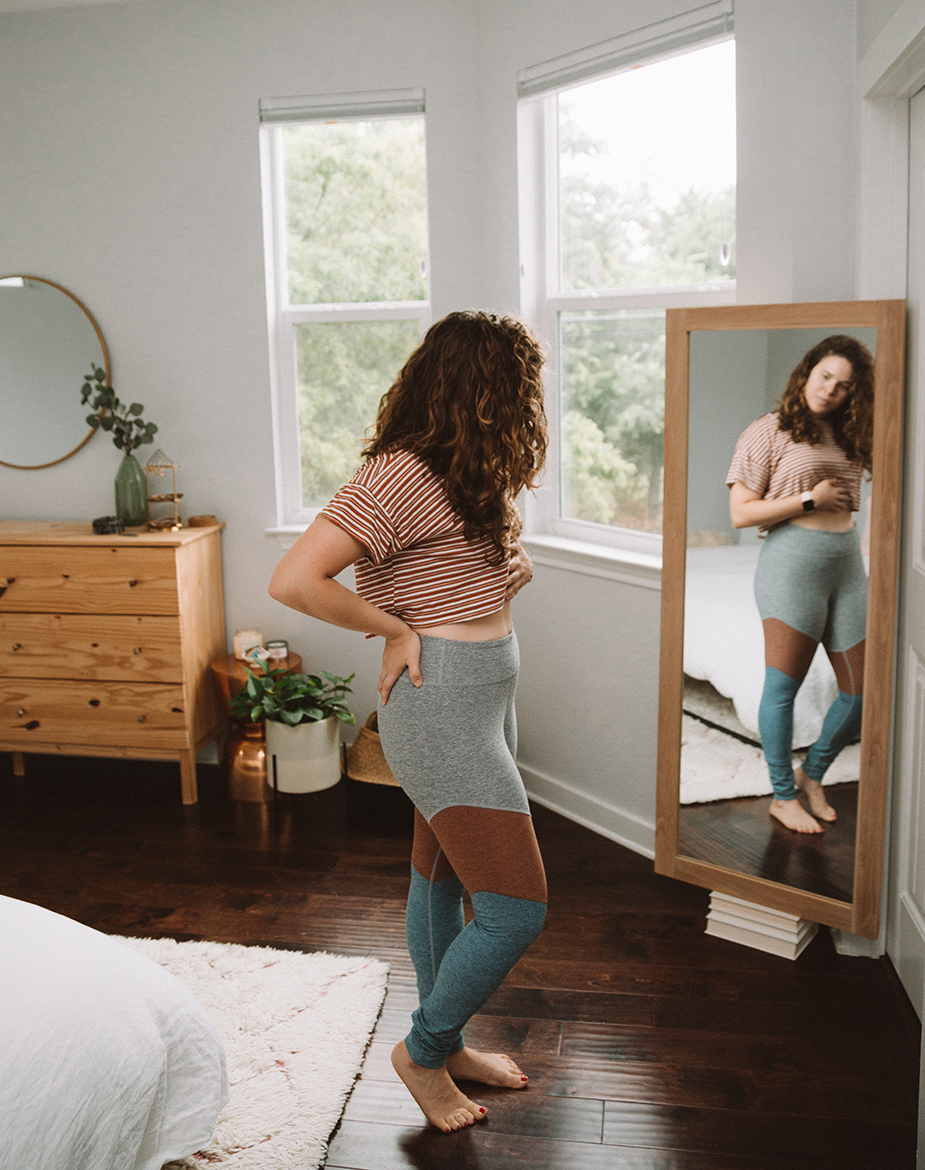
What does the movement behind body neutrality look like?
Body neutrality is a much newer movement, emerging online in 2015. One of its leaders, Anne Poirier, BS, CSCS, CIEC created the Body Neutrality workshop, hosted at a wellness retreat in Vermont. Like body positivity, the movement has been propelled through social media by thought leaders like Jameela Jamil, Lauren Leavel, Tiffany Ima, Anna Sweeney, and countless others.
How can we lean into body neutrality?
A great place to start with body neutrality is by asking yourself, “When do I most often have negative body thoughts?” For many of the women we work with in Flourish, negative body talk often emerges while getting dressed or scrolling through social media. So we start there, working through strategies to help generate more neutral thoughts: Clearing your closet of clothes that no longer fit. Unfollowing accounts that don’t make you feel good.
With that, starting your body neutrality journey will likely make you aware of just how many negative body thoughts you have.
One of the common arguments against today’s version of body positivity is that it’s too big of a step for someone who’s currently struggling with body image. So, instead of going from, “I hate my arms,” to “I love every inch of me,” why not try something more neutral? Perhaps, “I have arms,” or “these are what human arms look like.”
Research has shown that repeating positive affirmations that you don’t actually believe can leave you feeling worse if you already struggle with low self-esteem.
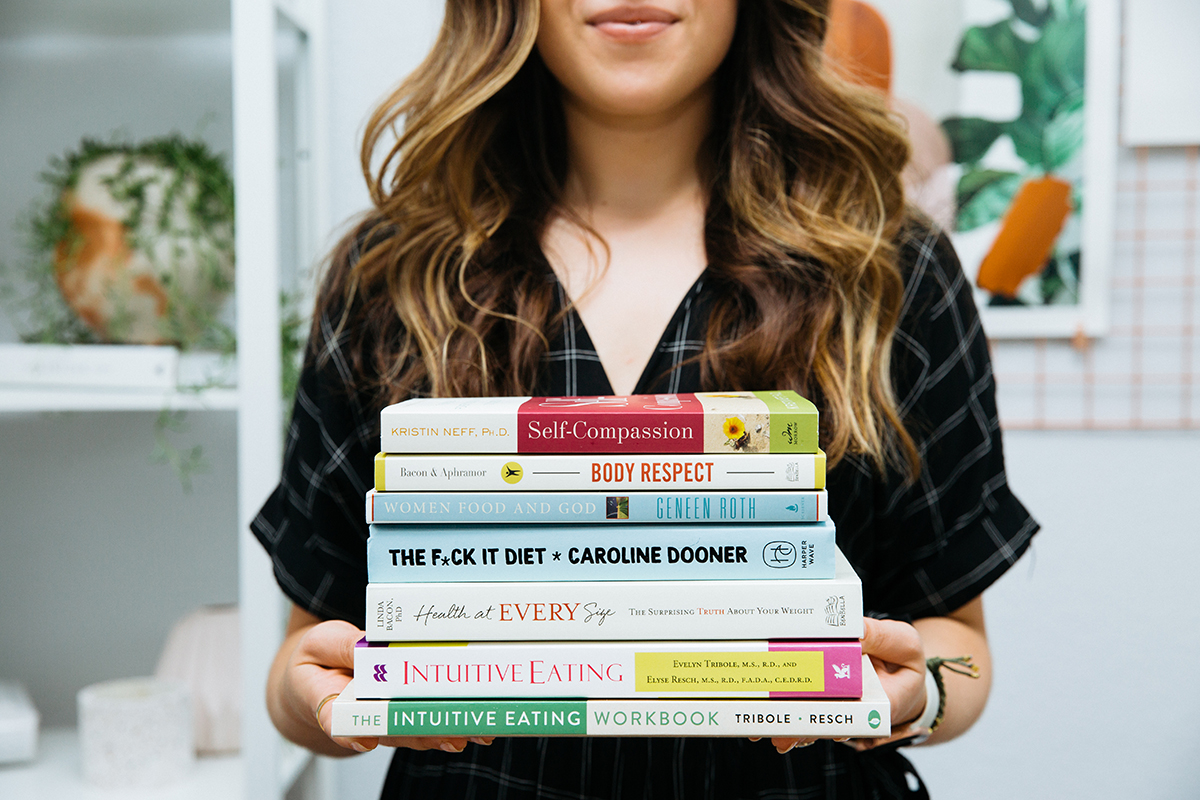
How do you practice body neutrality?
For me, an easy place to start was gratitude. While I’m far more loving of my body today than I was during the decade I spent dieting, not every day is a great body image day. But even when I don’t love my thighs, I’m always grateful for what they allow me to experience.
Where does diet play a role in this?
If you feel like your brain and body are constantly in battle when it comes to food—micromanaging your intake, feeling physical discomfort after eating, or living in regret of your food choices—it may be difficult to develop body neutrality.
Food should make you feel good. It should nourish you both mentally and physically.
So skip the short-lived diets, resets, or cleanses that only cause you to “fall off the wagon” weeks or days later. Instead, as we say at Flourish, learn to eat for the rest of your life.
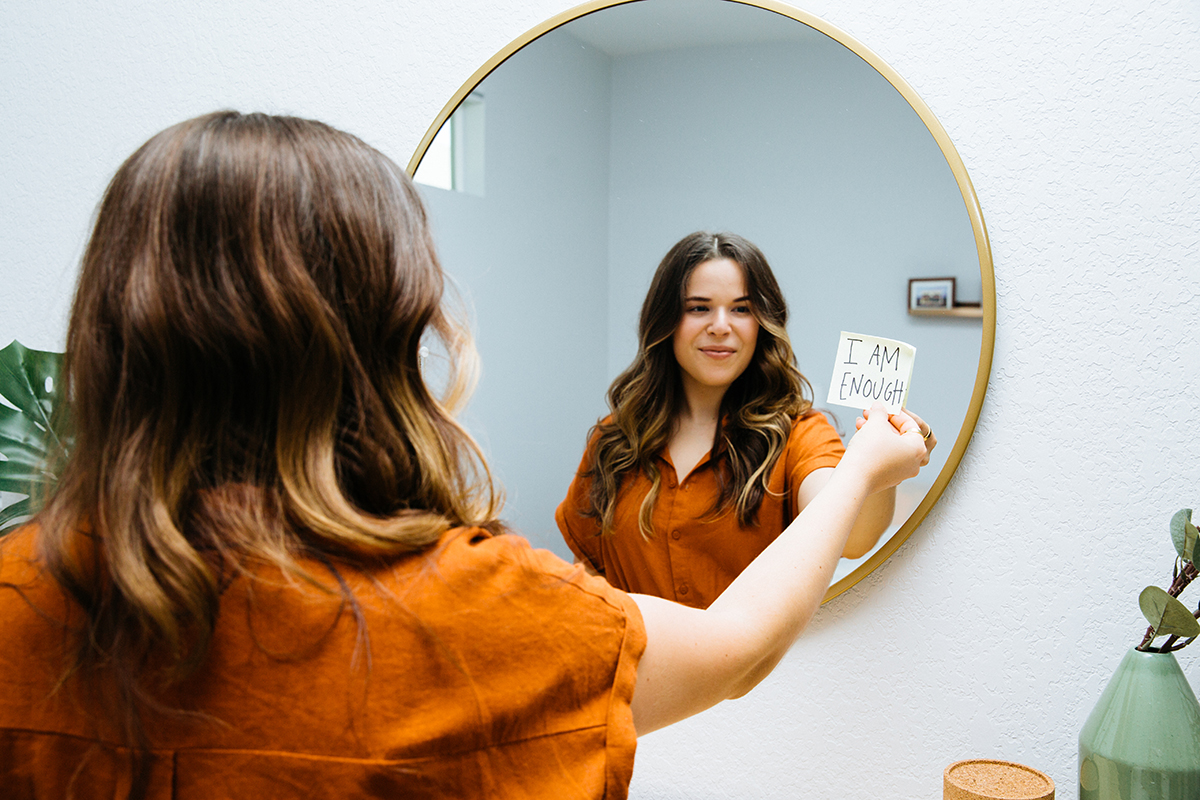
What are some good mantras we can live by?
How I look is the least interesting thing about me.
My body is my vehicle to experience my life.
Thank you, body.
Loved this post? Pin this graphic to come back to it later.
